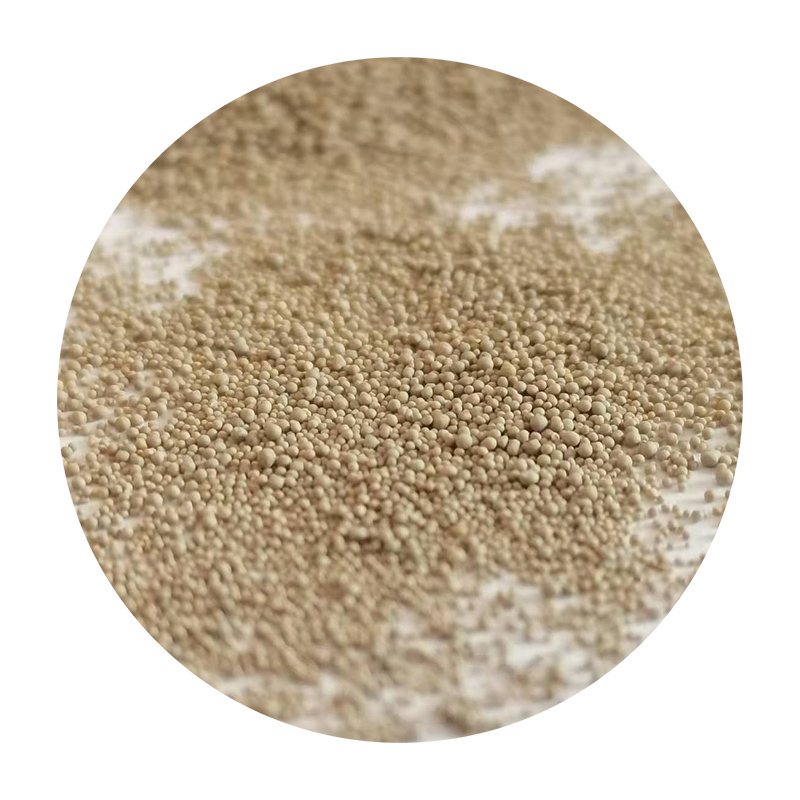The Art and Science of Sand Casting
Sand casting, one of the oldest known metal forming techniques, has been a cornerstone of manufacturing for centuries. This versatile method involves creating metal parts by pouring molten metal into a mold made from sand. The process is both an art and a science, combining traditional craftsmanship with modern technology to produce intricate and durable components used in various industries.
At its core, sand casting begins with the creation of the mold. This is typically done using a mixture of sand and a binding agent, which can be clay, resin, or other materials. The choice of sand is crucial; it must have the right grain size, shape, and composition to ensure a smooth surface finish and adequate strength to withstand the molten metal. Once the sand is prepared, a pattern representing the final product is placed in the sand, creating a cavity. This pattern can be made from various materials, including wood, metal, or plastic, depending on factors such as the volume of production and the design details.
The Art and Science of Sand Casting
Once the metal has cooled and solidified, the next step involves breaking the mold to retrieve the casting. This stage requires a certain degree of skill and care, as the mold is often destroyed in the process. The final casting is then cleaned and finished, which may include operations such as grinding, machining, and surface treatment to achieve the desired specifications and surface quality.
the sand cast

One of the significant advantages of sand casting is its ability to produce complex shapes that would be difficult or impossible to create using other manufacturing methods. From intricate designs for decorative elements to massive components for heavy machinery, sand casting offers unparalleled flexibility. Furthermore, it is an economical option for both small and large production runs, making it a preferred choice for many manufacturers.
However, sand casting does have some limitations. The surface finish of sand-cast parts may not be as smooth as those produced by other methods, such as investment casting or die casting, which can require additional finishing processes. Additionally, achieving tight tolerances can be challenging, and there may be variations in dimension depending on the specific casting process used.
Despite these challenges, advancements in technology have led to improvements in sand casting methods. The introduction of computer-aided design (CAD) software and computer numerical control (CNC) machining allows for more precise patterns and molds, enhancing the overall accuracy of the finished product. Moreover, innovations in automated sand preparation and mold making have streamlined the process, increasing efficiency and reducing costs.
In conclusion, sand casting remains a vital technique in contemporary manufacturing, celebrated for its versatility and ability to produce complex shapes. As industries continue to evolve, the blending of traditional sand casting methods with modern technologies will likely pave the way for new and exciting applications. Whether creating intricate art pieces or robust industrial components, sand casting stands as a testament to the enduring marriage of artistry and engineering in the world of manufacturing.
Post time:Aug . 12, 2024 17:30
Next:Guidelines for Achieving a Smooth Finish on Your 3D Printed Objects Through Sanding Techniques
